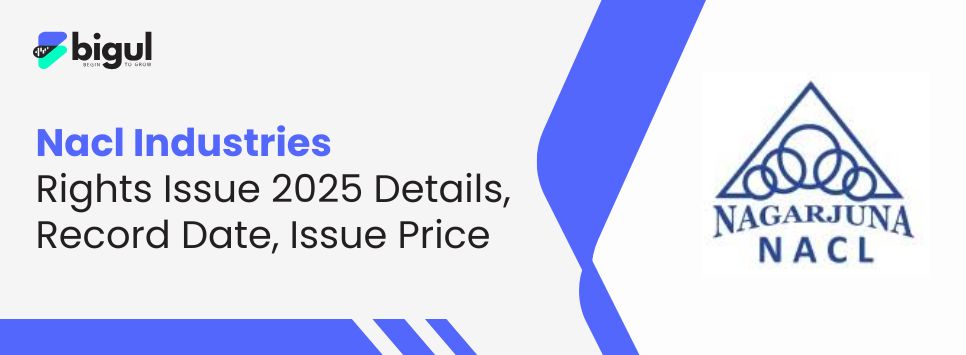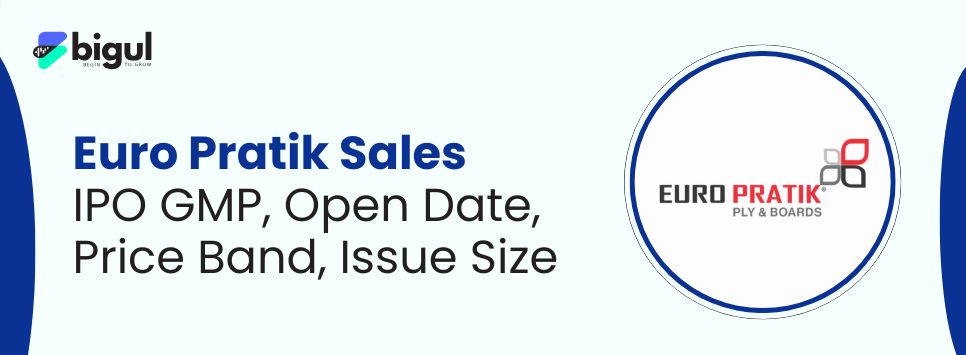A multi-leg options strategy request is an order to
all the while trade choices with more than one strike cost, lapse date, or
aversion to the hidden resource’s cost. Let’s learn about this strategy in
depth below.
A multi-leg options strategy request is a request to
at the same time trade options with more than one strike cost, termination
date, or aversion to the basic resource’s cost.
Essentially, a multi-leg options request alludes to
any exchange that includes at least two options that are finished without a
moment’s delay. Since the request incorporates a blend of various agreements,
it contrasts from legging into or out of a multi-leg system individually.
Multi-leg options orders, like spreads and
butterflies, are in many cases used to catch benefits while valuing
unpredictability is normal; however, the bearing or potential timing is hazy.
The advantages of multi-leg option strategy
procedures differ for option purchasers and option vendors. Multi-leg systems
permit option purchasers to decrease the underlying expense of the exchange.
This, right off the bat, decreases the complete
gamble of the exchange but, more critically, expands the likelihood of progress
due to a diminished breakeven cost on the exchange. For options dealers,
multi-leg options methodologies will altogether decrease the greatest gamble
and diminish the edge expected to sell an option.
In the case of selling a put option, the greatest
gamble per share is the strike cost of the options contract less the premium
and will be understood in the event that the security declines to nothing.
Utilizing a multi-leg procedure permits financial backers to restrict the most
extreme gamble and diminish the edge prerequisite of selling an exposed call or
put.
One of the greatest benefits of multi-leg option
strategy techniques is that you can restrict disadvantage risk. As opposed to
losing all capital in the position, you can make a drawback limit (this will
restrict the potential gain too). As a result of this characterized risk, they
require less capital than other (single-leg or values) techniques that have a
comparable objective.
There’s likewise loads of adaptability by the way you
can design multi-leg options procedures. Contingent upon the strikes and
terminations picked, drawback, chance and potential gain can be in every way
changed.
There are bunches of multi-leg procedures accessible
to options brokers. We’ll go through only a small bunch of them to provide you
with a thought of why a merchant could utilize these systems.
An Iron Condor includes four agreements. It is
utilized when the stock cost is supposed to move very little. The agreements
essentially encompass the stock cost, with two above and two beneath the
ongoing cost. They can be changed nearer or further away from the cost.
The most extreme benefit is the net credit from
selling B and C. You keep the full premium, assuming the stock is between B and
C by termination.
This system needs the stock cost to move by the sum
paid for every one of the two options. It’s additionally one of only a handful
of exceptional multi-leg options systems with limitless increases.
The most extreme misfortune is the sum paid for the
two options. If the stock is at the strike by termination, you’ll lose the sum
paid for the options. The most extreme benefit is limitless. The increase has a
1:1 proportion with the stock cost development.
Like a Long Straddle, the Long Strangle purchases two
options with a similar lapse yet various strikes. These two strikes are above
and beneath the ongoing stock cost. Compared with the straddle, the stock
should move further from its ongoing cost to bring in cash.
Since strangle requires a huge move in the stock
value, it could be best utilized around risk occasions like profit. It doesn’t
make any difference which course the stock moves.
The most extreme misfortune happens to assume the
stock cost is gotten between the two strikes. All things considered, the dealer
will lose the sum paid for the options.
According to an execution point of view, multi-leg
orders permit financial backers to dispense with the execution chance of
entering two separate exchanges to make a spread. If every leg’s requests are
placed independently as two exchanges, a gamble of one leg is being executed
while the other doesn’t simultaneously or by any means.
This makes an unequal situation as the hidden stock
can move fundamentally in the time it takes for the second request to get
filled. Multi-leg orders guarantee that the two legs get filled at a solitary
cost and ensure execution on the two sides, hence disposing of a lopsided
position.
Moreover, multi-leg options strategy arrangements
ordinarily offer a superior likelihood of execution at a fair cost versus a
solitary-leg option. For the very reasons that multi-leg positions have
diminished hazard to the financial backer, a market producer who is making
liquidity on the exchange.
Likewise encounters decreased chances and, for the
most part, will be more able to take on a multi-leg request over a solitary
leg. I would say that exchange and market producers will commonly execute a
multi-leg request nearer to the midpoint (fair worth) than a solitary leg.


.jpg)






.jpg)
.jpg)
